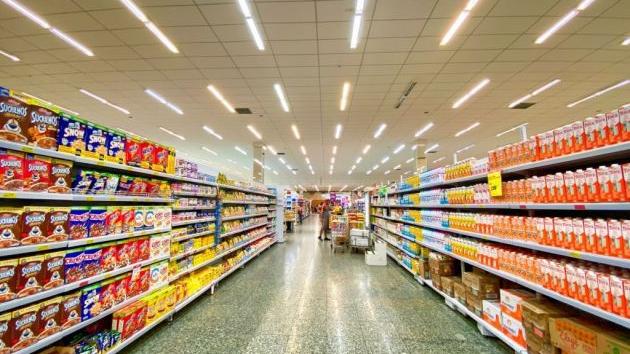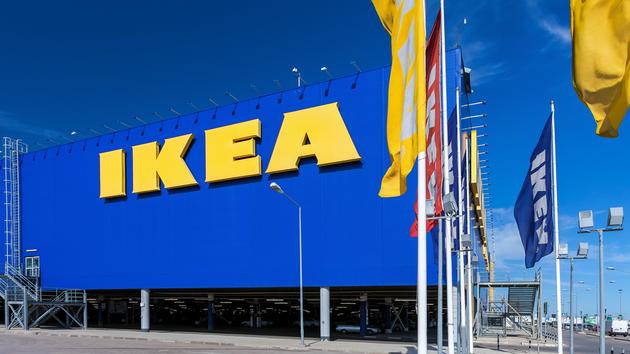EU throws away 10 million tonnes of furniture every year – Are recycling and rental the solution?
Source: eKapija
 Wednesday, 14.12.2022.
Wednesday, 14.12.2022.
 17:25
17:25
 Wednesday, 14.12.2022.
Wednesday, 14.12.2022.
 17:25
17:25
(Photo: Breadmaker/shutterstock.com)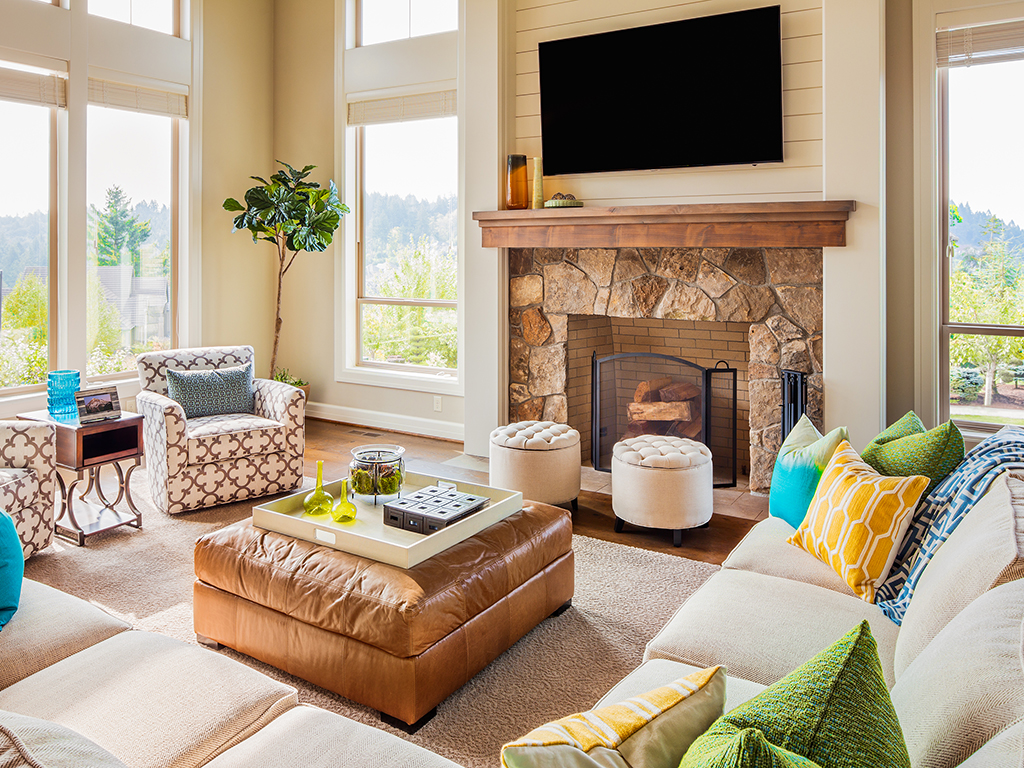

The bulk of discarded furniture ends up in landfills or incineration plants so there have been calls to the furniture industry to offer a solution to this problem, whether it`s online platforms for furniture rentals or through furniture buyback and restoration. Still, compared to the fashion industry and the rise of the second-hand market where it is estimated that second-hand sales of clothes will grow by 11 times than retail, second-hand furniture isn`t that popular.
According to the Statista portal, this year, the revenue in the furniture market will amount to EUR 696 billion. There is no data on the share of second-hand furniture but there are significant circular economy opportunities in the furniture sector. The EEB claims that introducing circularity into the furniture sector, which includes the use of recycled materials in production, leasing and selling used furniture would create 160,000 extra jobs and the gross value added estimated at EUR 4.9 billion by 2030.
Living room furniture has the biggest share in the furniture market revenue (Photo: Unsplash/Sophia Baboolal)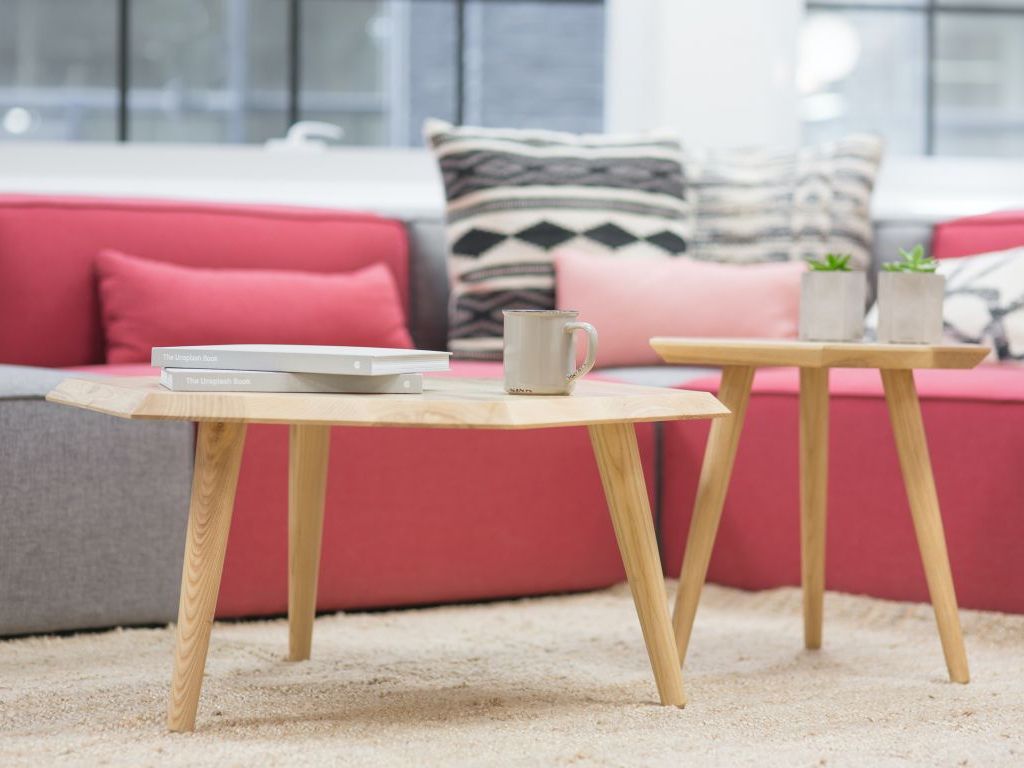

Ecological awareness is increasing among Serbian customers too
Using recycled material in furniture production in Serbia hasn`t gone beyond the efforts of enthusiastic individuals. Vredni Dabar workshop, run by the couple Jasmina Lazic and Slobodan Brankovic, makes new furniture out of old. They began in the march of 2020, during the pandemic, first making furniture for friends and then expanding the business after a few months and positive feedback.
They focus on three things – tabourets, lamps and coat racks
– We make tabourets out of old cabinets. We use old boards to make a new base for upholstering. Used furniture isn`t hard to find, we get from our friends, acquaintances or through selling sites where it is quite affordable, and sometimes people give it for free, Jasmina Lazic explains for eKapija.
According to her, the production process can be challenging and made harder by the fact that the boards they are working with are not equal.
– Some are older, some newer, for others we have to think up creative solutions for upholstery. There are difficulties, but everything has an answer and at the end of the day, the satisfaction of customers is the most important thing, says Lazic.
Customers had positive reactions to lamps, and at first, it`s not easy to figure out what they are made of. And they are made of plastic buckets and bottles filled with small rocks.
– Back at the beginning, we were a bit embarrassed to say what are products are made of, because some people consider that trash. Later, however, we realized that that was our advantage. Of course, there are customers who buy it practical reasons, and they don`t care about the ecological aspect. But in general the ecological awareness of customers is growing and many people prefer buying this type of furniture because they understand they`re contributing to environmental protection.
Second-hand furniture for schools and offices
Europe has more examples of this practice, from small family workshops that “save” old furniture to big companies that accepted that the way forward is in accepting ecological trends.
Gispen from the Netherlands offers used but refurbished office furniture.
They also offer new furniture which is, per their words, fully circularly designed, by using modular shapes which are put apart easily and recyclable materials. They offer repairs, and remaking furniture into other, useful objects. They guarantee quality in both cases and according to them, nobody will be able to notice the furniture isn`t new from scratch. Their client list includes schools, universities and offices.
They have introduced the service of circular quality scan which analyzes customers` furniture and provides options for reuse, restyling, refurbishment – including technical upgrade and recycling.
___________________
Introducing “green” product mark for furniture
European Environmental Bureau suggested introducing green product marks for furniture in order to encourage the purchase of furniture made according to ecological principles.
– It is possible to introduce the Green Furniture Mark (GFM) as a label that indicates ecological attributes of an item of furniture. Criteria imposed would be regularly inspected by the industry professionals. Public sector could be required to buy furniture with GFM labels, and the furniture that satisfies these criteria could be given a discount price, concludes the Report on the Circular Economy in the Furniture Sector.
___________________
European Environmental Bureau suggested introducing green product marks for furniture in order to encourage the purchase of furniture made according to ecological principles.
– It is possible to introduce the Green Furniture Mark (GFM) as a label that indicates ecological attributes of an item of furniture. Criteria imposed would be regularly inspected by the industry professionals. Public sector could be required to buy furniture with GFM labels, and the furniture that satisfies these criteria could be given a discount price, concludes the Report on the Circular Economy in the Furniture Sector.
___________________
Among the big furniture manufactures, IKEA had similar programs across Europe where the company bought used furniture from their customers and offered them a voucher for up to 50% of the original price paid for the item that they can spend in their stores. Two years ago, IKEA opened its first second-hand furniture store in Sweden.
Some companies restore their used office furniture to look like new (Photo: Designed by rawpixel.com / Freepik)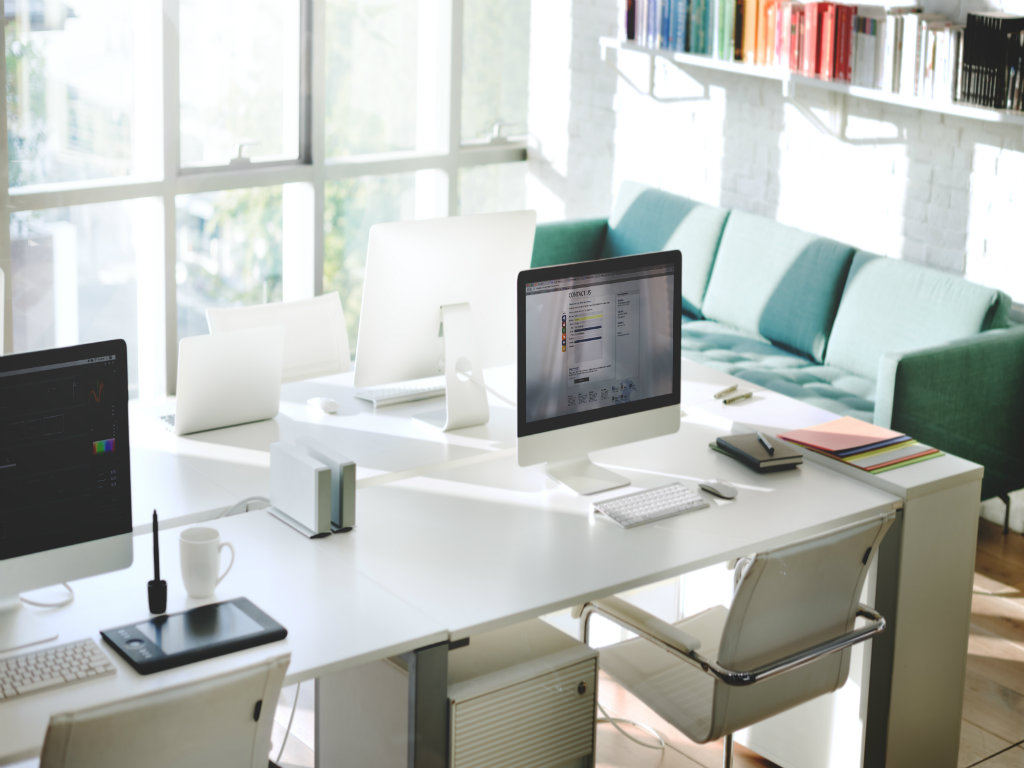

There is also an increasing number of sites that donate furniture. A brand based in London, made.com, which designs and sells furniture online, has teamed up with the online platform for donations, Geev, in order to help customers give away their used furniture. This initiative reduces waste because old furniture gets a new home and connects people with their neighbors, the company says.
Obstacles and opportunities
According to the Statist data, the global revenue in the furniture market for 2022 will amount to EUR 696 billion, with living room furniture having the biggest share. The expected market growth is 6.33% per year. The USA furniture market generated the highest revenue per country, followed by China and Germany.
According to the EEB data, EU member states produce 28% out of all furniture sold worldwide. It is a market worth EUR 84 billion which employs around a million workers and it mostly comprises of small and medium-sizes enterprises. The biggest producers are Italy (EUR 17.5 billion), Germany (EUR 14.5 billion) and Poland (EUR 7.1 billion)
Demand for second-hand furniture is still low (Photo: Unsplash/eduard)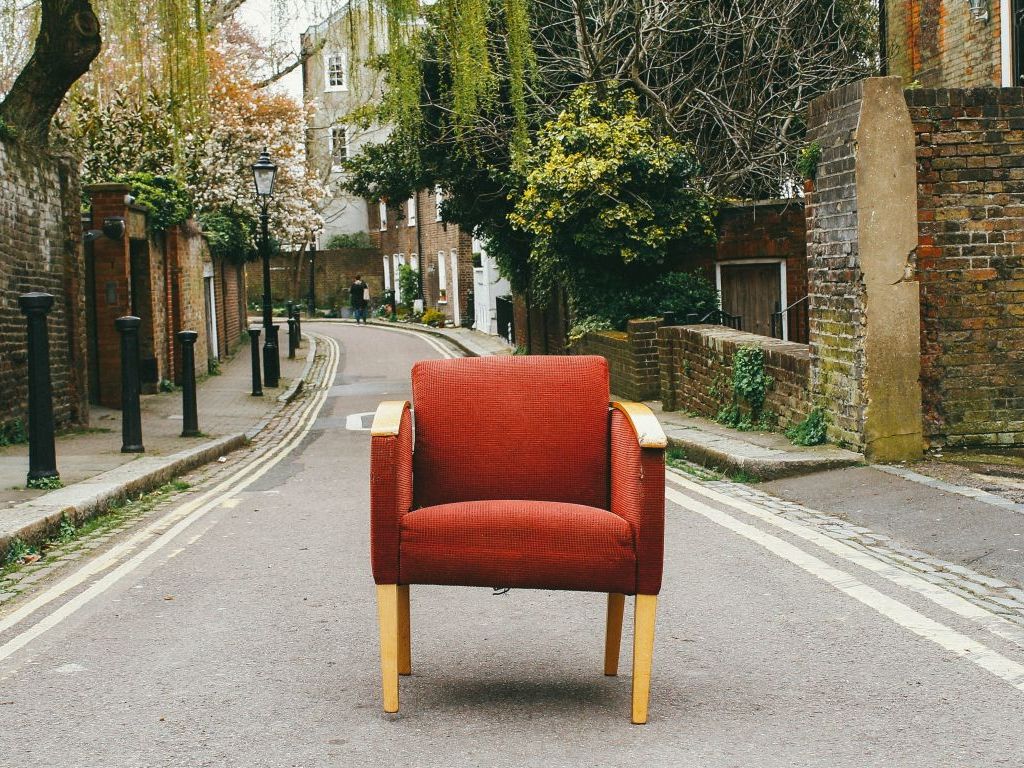

Nevertheless, the possibilities of circular economy in the furniture sector are high. It would create 160,000 extra jobs and it the gross added value is estimated at EUR 4.9 billion by 2030, states the Report on the Circular Economy in the Furniture Sector published by the European Environmental Bureau.
There are still many obstacles. Low demand for used furniture, and recycled material, design that doesn`t allow for furniture to be put apart at the end of its life cycle are just some of the obstacles.
Toxic substances create a challenge and added costs for recyclers especially when it`s combined with the lack of information on the chemicals the products contain. The lack of spare parts presents an additional problem which is why customers prefer to throw away old items instead of replacing parts. Costs of workforce and transport in many part of the EU are too high and the repairs are not worth it.
For the repairs to pay off, financial stimulation and economy of scale is needed, the EEB proposes. The proposed measures also include Extended Producer Responsibility for furniture, measures in eco-design related to product longevity or required 5-year guarantee, encouraging customer behavior with, for example, credits that can be used to buy new products. The report states that green public procurement which encourages acquiring used and restored furniture and the ban on dumping furniture in landfills are a prerequisite.
Marija Dedic
Tags:
European Environmental Bureau
IKEA
Gispen
Jasmina Lazic
Slobodan Brankovic
furniture industry
furniture waste
recycled furniture
Vredni dabar workshop
Furniture Green Mark
eco furniture
ecological furniture
used furniture
rental furniture
fast fashion
special edition newsletter
Interior and Exterior Solutions for a Modern Practical and Comfortable Space
Comments
Your comment
Most Important News
Full information is available only to commercial users-subscribers and it is necessary to log in.
Follow the news, tenders, grants, legal regulations and reports on our portal.
Registracija na eKapiji vam omogućava pristup potpunim informacijama i dnevnom biltenu
Naš dnevni ekonomski bilten će stizati na vašu mejl adresu krajem svakog radnog dana. Bilteni su personalizovani prema interesovanjima svakog korisnika zasebno,
uz konsultacije sa našim ekspertima.


 Izdanje Srbija
Izdanje Srbija Serbische Ausgabe
Serbische Ausgabe Izdanje BiH
Izdanje BiH Izdanje Crna Gora
Izdanje Crna Gora


 News
News








